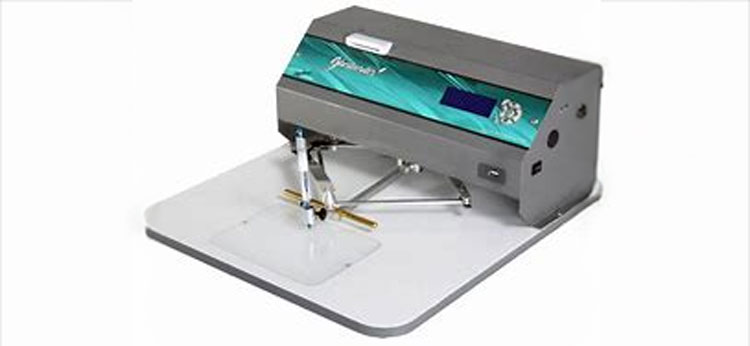The Rise and Importance of Autopen Technology

Introduction to Autopen Technology
In an age where time and efficiency are paramount, autopen technology has emerged as a vital tool for businesses and individuals alike. An autopen, or automatic pen, is a machine that recreates signatures, allowing for automated signing of documents without the need for the signer’s physical presence. This technology is transforming how organisations manage correspondence, contracts, and official documents, making it a topic of growing importance in the digital age.
What is Autopen?
The concept of the autopen is relatively simple: it mimics the motion of a human hand using a robotic arm equipped with a pen. Established in the 1950s, the autopen was originally utilised by government officials and celebrities who needed to handle large volumes of correspondence. Over the years, its applications have expanded across various sectors including business, law, and finance.
Current Developments and Uses
Recent advancements in autopen technology have made these machines more sophisticated and versatile. Modern devices can handle a range of pen types and outputs, allowing for high-quality reproductions of signatures and even handwriting styles. Companies are increasingly adopting autopen systems to streamline operations, as they can sign off on contracts and important documents rapidly, improving workflow efficiency. For instance, organisations in the real estate sector use autopens to facilitate quicker property transactions without the need for drawn-out manual signing processes.
Legal Considerations
Despite the convenience autopen technology offers, it does come with legal implications. The legitimacy of signatures produced by an autopen varies by jurisdiction. In some cases, autopen signatures are legally recognised, while in others, they may not hold the same weight as a handwritten signature. As businesses adopt this technology, it is crucial for them to understand the legal framework surrounding electronic signatures and the specific requirements of their industry.
Conclusion: The Future of Autopen Technology
As the demand for automation and efficiency in documentation continues to grow, autopen technology is expected to play an increasingly significant role in the corporate world. For businesses aiming to remain competitive, integrating autopen systems can enhance productivity while maintaining professional standards. Looking ahead, the evolution of autopen technology may further incorporate artificial intelligence, potentially personalising signatures even more, thereby bridging the gap between automation and personal touch. As legal frameworks evolve to accommodate these advancements, the significance of autopens will likely be felt across a myriad of industries.









